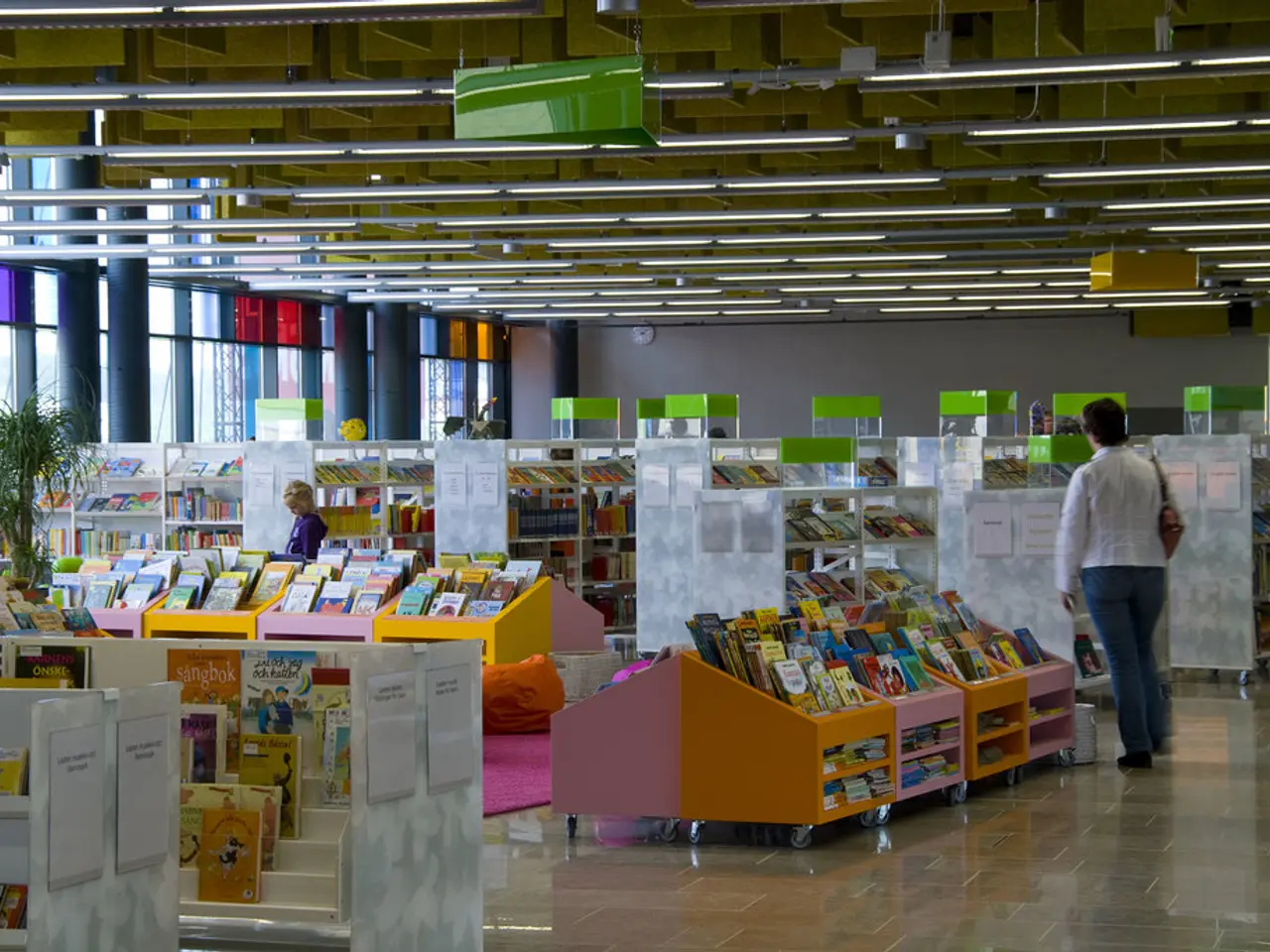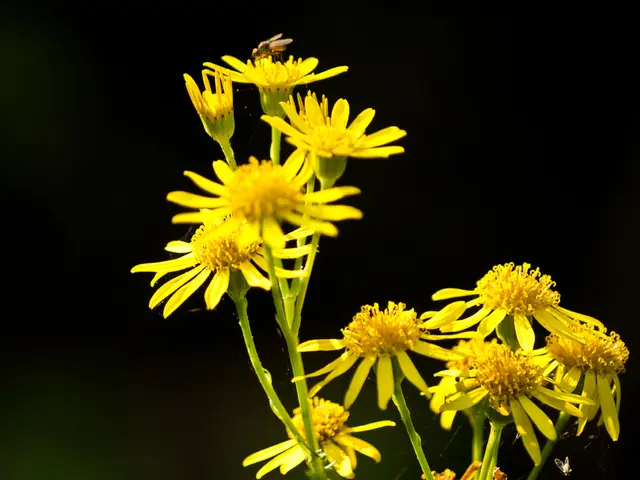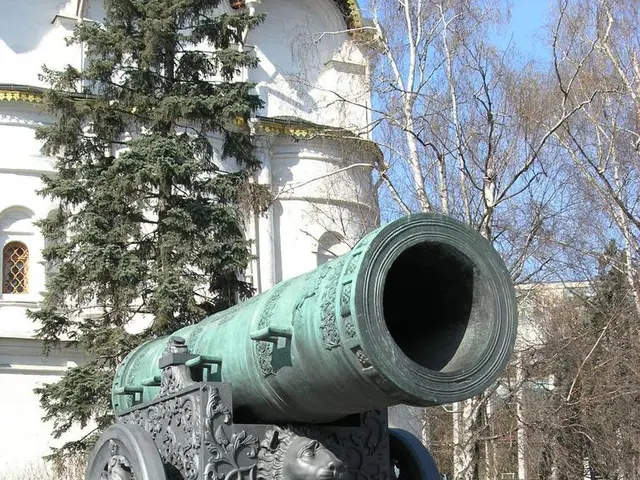Display of Photographs Depicting Life Experiences of Latvians Residing in Britain During the Post-War Era
In the aftermath of World War II and the Soviet occupation of Latvia, a vibrant community of Latvian exiles found refuge in England. These exiles, driven by a strong sense of national identity and a desire to preserve Latvian culture, organized themselves around cultural institutions, political organizations, and social networks.
The Latvian exile diaspora, grounded in the memory of the interwar Republic of Latvia (1918–1940), developed a distinct national consciousness. This consciousness was nurtured by the Latvian government-in-exile, which maintained a Foreign Service in London and provided the diaspora with a crucial cultural and political anchor. The United States, Canada, and other Western allies adopted policies of non-recognition towards the Baltic Soviet Socialist Republics, thus supporting the de jure continuation of Latvia and the legitimacy of the exile communities.
In England, Latvian exiles fostered a rich and vibrant community life. Schools, churches, cultural societies, and publications helped preserve Latvian folk traditions, music, and literature. The exile communities served as a platform for debates and dialogues about Latvia’s future, reflecting diverse political views yet united in the goal of eventual Latvian independence. Art played a significant role in national identity preservation, with exiled Latvian artists, musicians, and intellectuals contributing to a transnational Latvian cultural renaissance in the West.
One of the most significant cultural events celebrating the history and heritage of the Latvian exile communities is the Blezūrs photography exhibition at the National Library of Latvia (NLB). While the specifics about the exhibition's content are not detailed, it typically features photographic documentation of Latvian diaspora life, commemorating the exile experience and highlighting cultural preservation efforts abroad. Exhibitions like Blezūrs serve as cultural memory projects that connect contemporary Latvia with its diaspora, acknowledging the contributions of exile communities to Latvian national identity and history.
The Blezūrs exhibition, on display from June 5 to September 27, 20XX, showcases photographs taken by Latvian photographer Harijs Blezūrs (1926-2000) from the 1960s-1980s. These photographs illustrate the social life in the English properties acquired by Latvian communities, including "Almelija", "Straumēni", "Mūsmāja" and "Rofanta".
The exhibition is free to the public and a guided tour will be held every Monday at 12:00 at the NLB by a museum representative. For those interested in learning more, additional details about the exhibition can be found online.
It is estimated that approximately 13,000 Latvian refugees settled in Britain post-Second World War. The exhibition, titled "The everyday life of Latvians in England", is part of an ongoing project that showcases the life of Latvians in exile communities in England after the Second World War.
The Latvian exile communities in England represent a historically rooted and culturally rich diaspora, legally supported by the Latvian government-in-exile and Western allies’ policies. They preserved Latvian culture and political identity during decades of Soviet occupation. The Blezūrs photography exhibition at the National Library of Latvia is a contemporary cultural acknowledgement of these communities’ experiences and heritage.
The Latvian exile communities in England, supported by the Latvian government-in-exile and Western allies' policies, fostered a rich lifestyle that included home-and-garden properties such as "Almelija", "Straumēni", "Mūsmāja" and "Rofanta". This cultural renaissance, preserved through schools, churches, and publications, extended to travel and cultural-travel opportunities that allowed exiles to explore and celebrate their heritage, mirrored by the Blezūrs photography exhibition at the National Library of Latvia.




